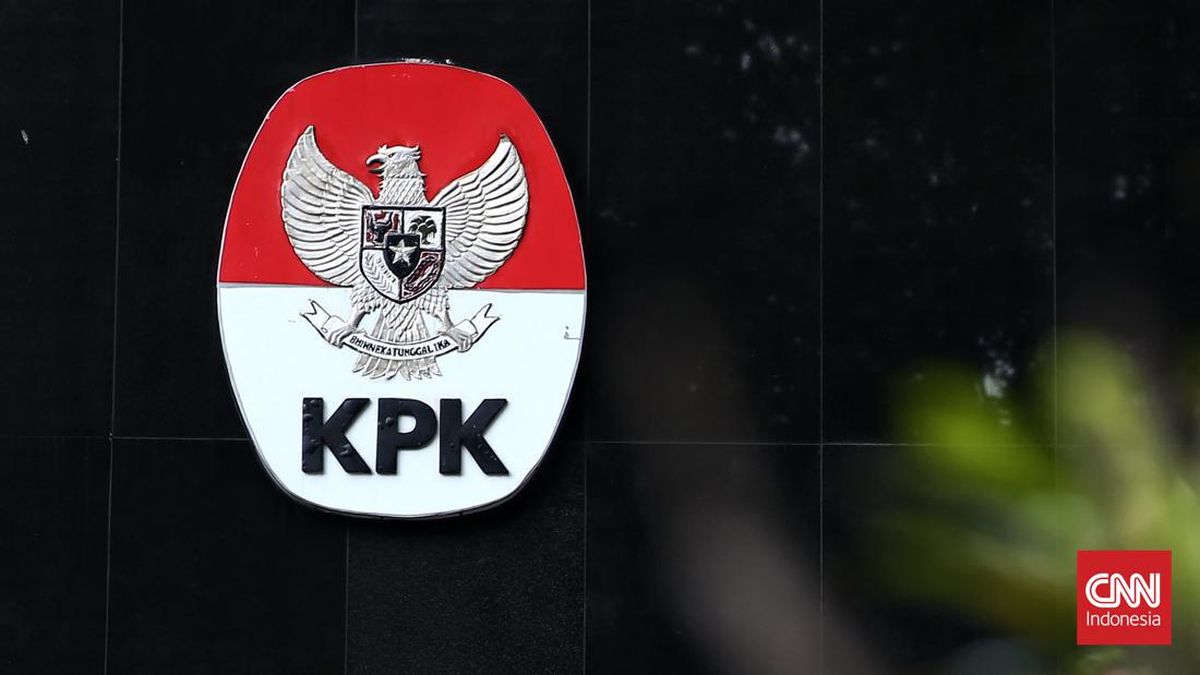For Google Fiber customers, your home internet experience could improve very soon. Just recently, Google Fiber announced its partnership with Nokia, a telecommunications company. Through this partnership, Google Fiber and Nokia have begun testing network slicing, a technology that will allow customers to personalize and have more control over their network.
Google Fiber Head of Product Nick Saporito tells CNET that “network slicing could give customers more control over how their internet performs based on what they’re doing.”
“Instead of treating all traffic the same, we’re exploring how customers could dedicate bandwidth to the activities that matter most to them. Think of it like putting your connection in a ‘gamer mode’ or ‘video call mode’ that you control.” Saporito said.
Many of the biggest names in broadband, including T-Mobile 5G Home Internet and Verizon, are not new to this technology. Since 2023, these 5G home internet giants have begun working to establish network slicing for their services. However, this is the first time we've seen a fiber internet provider explore the potential of this technology. Once established, network slicing could push the boundaries of what fiber internet has to offer.
Google Fiber has only begun testing this technology in its labs, so it’s still too early to say whether it can deliver on its promise.
What is network slicing?
According to TechTarget, network slicing is a technique that creates many virtual networks on top of a shared network, allowing more flexibility and control over your network. This technique is often used for 5G technology, which can be divided into different slices, each tailored to meet a specific need. This technology can be promising for 5G home internet, since this connection type often suffers from network congestion. So, utilizing this technology can help allocate bandwidth and network resources. According to Verizon, 5G network slicing benefits not just for faster connectivity but can also support the enabling of Internet of Things in a manufacturing environment. For example, network slicing can help factory workers remain safe by establishing autonomous forklifts in a factory during a surge of communication traffic.
Each slice of a network can be customized to have its own unique security rules, performance and characteristics, all of which can be dedicated to different purposes.
What does this mean for your home internet?
“It’s not about prioritizing traffic behind the scenes, it’s about giving you more control, more flexibility and more ways to get the performance you need,” Google Fiber writes in a company press release. Network slicing could optimize your fiber internet connection to meet your different specific home broadband needs.
For gamers, network slicing could be particularly useful. During lab testing, Google Fiber used gaming as an example by running two PlayStation 5 gaming consoles next to each other and filling the network with congestion. Naturally, the network congestion led to increased lag and slower speeds. However, after carving out a dedicated lane or specific network slice, the gaming sequence test performed much better. Thus, throwing in this technology led to a smoother gaming experience.
In addition to this, network slicing could improve network security. According to that same company press release, there’s a potential for something called “transactional slices,” which would “spin up automatically, just for a few seconds.” This process would keep financial logins secure, allowing you to connect directly to your bank without routing traffic to the broader internet.
Network slicing could these benefits to your home internet:
- Lower lag
- Increased security
- Increased controls over your network
Network slicing and fiber internet
Here at CNET, we consider fiber to be the gold standard of broadband. Among all the internet connection types we’ve reviewed, fiber leads in speed, reliability and overall performance. Fiber internet also garners a lot of attention, as many home internet users are typically satisfied with their service.
Throwing network slicing into the mix of an already solid internet connection type, like fiber, would likely push the envelope for home broadband. Take Google Fiber, for example: This ISP promises download and upload speeds of up to 8,000 megabits per second. In addition, through its fiber-optic connection, it offers a low latency, which is crucial for online gaming. Network slicing could enhance its fiber internet service in the years to come.
When can you expect to experience this technology?
Google Fiber’s network slicing is still in its early trial period, so it’s too early to say when home internet users will be able to take advantage of it.
According to Saporito, Google Fiber doesn't have a specific timeline, but it plans to continue working with Nokia later this year to establish this technology across its network.
“Our recent trial was a foundational step in understanding how the technology performs in a real-world scenario. Next, we’re partnering with Nokia to explore how we can integrate this into our network in a scalable way... especially around automation, which is a key requirement for making slicing practical,” Saporito said.

 3 months ago
48
3 months ago
48














































